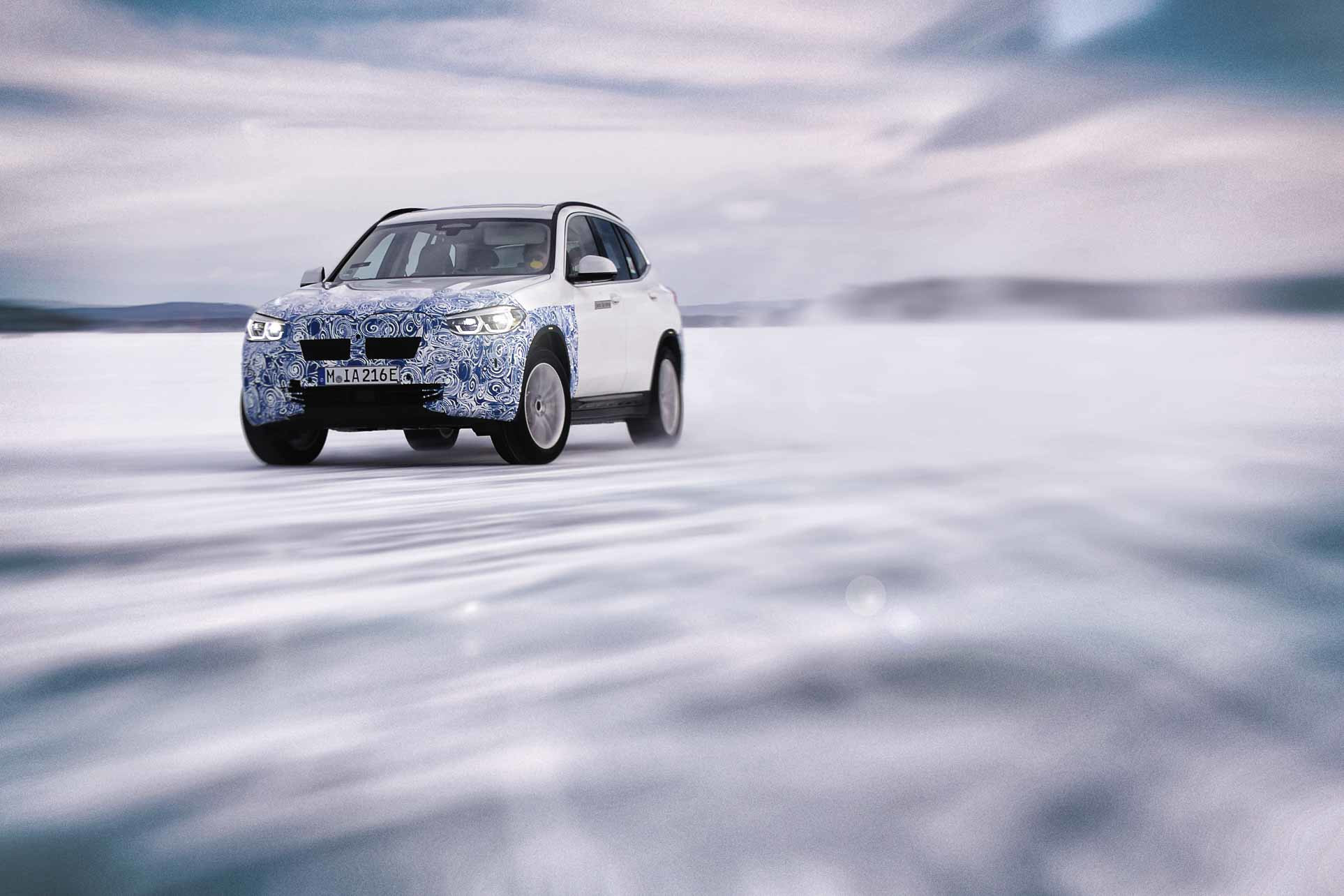BMW’s plans for electrifying its model lineup take another step forward with the introduction of the all-new iX3. Don’t let the name confuse you: This isn’t an SUV version of BMW’s current i3 electric vehicle. This is an electric version of the X3 compact SUV, which we already knew was adding a plug-in hybrid version for 2020. Now comes the pure electric version in 2021.
Related: BMW Sneaks in a Plug for New 2020 X3 Hybrid in America
BMW might be a little bit late to the party, as Audi and Jaguar have already released electric SUVs (the E-Tron and I-Pace, respectively) and the Tesla Model Y looms on the horizon. But there is still plenty to get excited about with this announcement. Bear in mind that the information provided by BMW is both European spec and preliminary, so we’ll try our best to translate them — but do take the following facts and figures with a grain of salt, as they could (and likely will) change for the U.S. market.
Here are four things you need to know about the iX3:
1. It Has Medium Range
BMW’s preliminary range estimate is “more than 440 km” out of a 74-kilowatt-hour battery pack. Now now it’s time to do some conversions. Change that into miles and we get 273, then take into account that the range figure is based on the less stringent European test cycle. There isn’t a straight conversion we can use there, but generally we’ve seen vehicles return about 20% less in EPA testing, the U.S. standard. That would put the iX3’s range somewhere in the 220-mile range, which lags behind a few competitive electric SUVs — though it does narrowly beat the E-Tron’s 204 miles.
2. Combined Systems Save Space, Weight
I tried to count the purported generations of BMW’s eDrive electric technology and I can’t figure out where the divisions lie, but what’s inside the iX3 is apparently a fifth-generation system. The key point to this system is that it combines the electric motor, system electronics and transmission into one unit, which saves both space and weight. Output has been preliminarily rated at 286 horsepower and around 295 pounds-feet of torque, and the only drivetrain mentioned thus far is rear-wheel-drive.
3. It’s Eco-Conscious Beyond Emissions
Measuring a vehicle’s carbon footprint is tricky. Even though electric vehicles don’t burn fossil fuels, their production can compromise their net eco-friendliness. But BMW says it has taken this into account, going over every aspect of production, raw materials procurement, daily usage and recycling potential for the vehicle. By the automaker’s measurements, the iX3 offers a 30% advantage over the X3 diesel in terms of total emissions, and that figure grows if the vehicle is charged with green or renewable energy. BMW also says the iX3’s battery pack is planned for a second life as a stationary battery pack after it’s done being used in the vehicle.
More From Cars.com:
- 2019 BMW i3 Gets Bigger Battery, More Driving Range
- BMW i4, iNext Electrics Wanna Start Some Static With Tesla
- 2020 Mini Cooper SE EV: Low Range, Low Price
- Research the 2020 BMW X3
- Tesla Model Y Starts at $39K, But Pricier Models Will Come Out First
4. It’s Only the Beginning
BMW has ambitious electric-vehicle targets over the next five years, with the automaker promising up to a dozen pure electric models by 2025. The iX3 was spotted winter testing alongside the i4 and the iNEXT in March, which makes sense given that each will feature the same so-called fifth-generation electric technology.
The 2021 iX3 is slated to hit dealerships sometime in 2020, and we’ll be sure to report final range information, pricing and release dates as soon as they become available.
Cars.com’s Editorial department is your source for automotive news and reviews. In line with Cars.com’s long-standing ethics policy, editors and reviewers don’t accept gifts or free trips from automakers. The Editorial department is independent of Cars.com’s advertising, sales and sponsored content departments.
Source: Read Full Article



